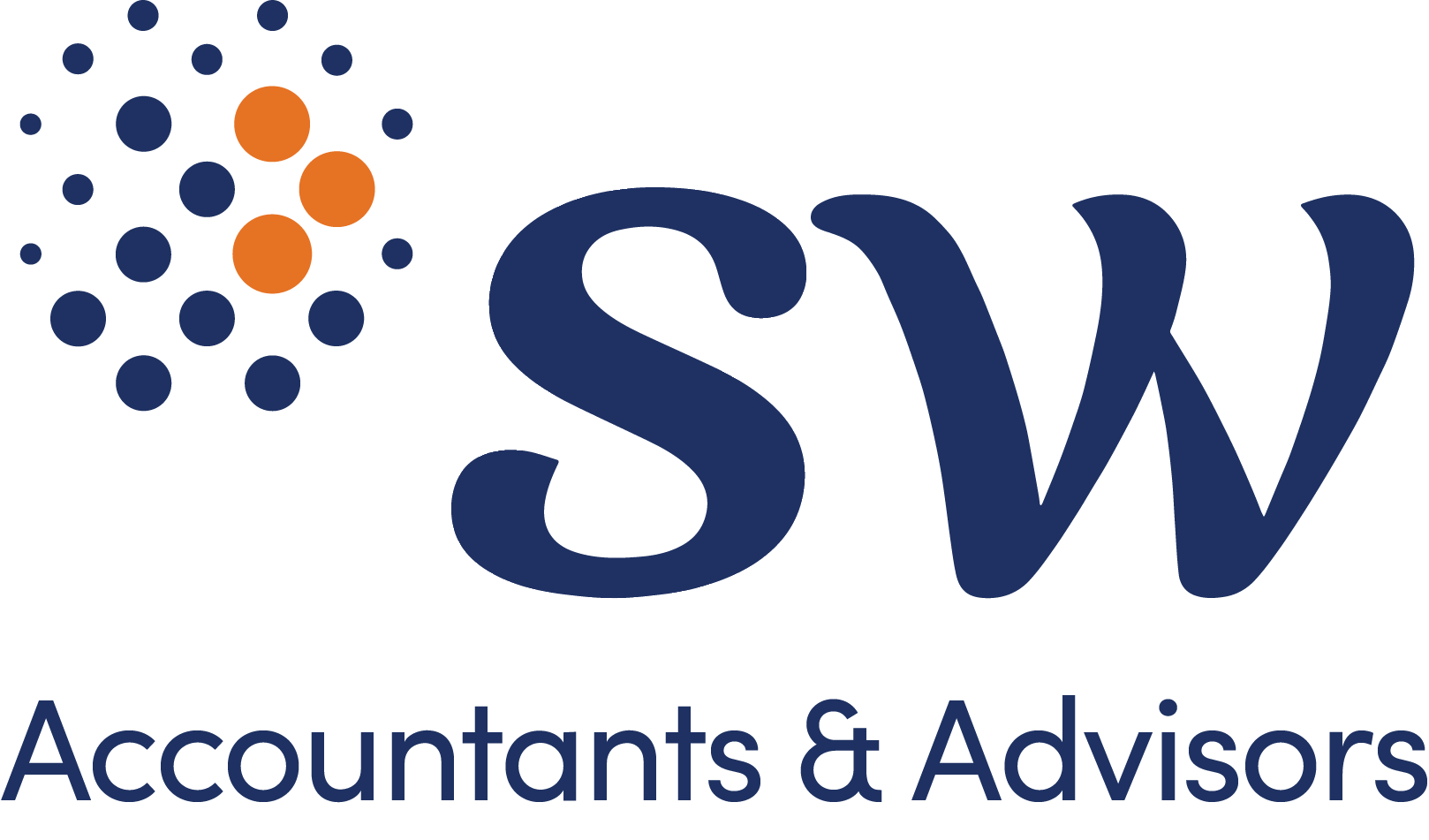
NEW: CTS GST Data Analytics
09/07/2018
Maximise opportunities, manage risks
In-house tax, finance and accounting functions are increasingly using business data analytics insights to assist in managing their GST obligations.
Manage GST compliance risks
The Australian Taxation Office are increasingly taking an automated approach to tax audits using data analytical tests to identify errors and anomalies.
Running analytical tests on your GST data regularly, or prior to any ATO reviews has a number of potential benefits such as:
- Demonstrating good tax governance
- Identifying errors for voluntary disclosure to reduce the risk of potential penalties
- Draw attention to potential process deficiencies
- Identify potential overpayments or cash-flow opportunities
- Highlight potential anomalies which could otherwise trigger a GST audit
In order to focus on potential anomalies within large volumes of transactional data our data analytical tool assesses your data against a number of automated tests including:
- Do the Business activity Statements reconcile to the P&L?
- Are transaction reversals consistent with the original transaction posting?
- Is the GST treatment of a type of supply (goods or services) consistent?
- Is there a significant delay between transaction date and posting date?
- Are supply types and customer and transactions treated consistently for GST classification?
- Are there any potential duplicate transaction postings?
- Is GST being charged when it shouldn’t be?
It is also possible to use CTS GST data analytics to form part of your regular BAS preparation process.
Maximise GST opportunities
We also find in practice that using GST data analytics tools and methodologies often identifies areas of significant opportunity for GST savings. In many cases, this arises in circumstances where the correct GST treatment is known, but is not followed in practice. This is because our data analytics approach is focussed on how transactions have actually been treated in reality, instead of relying on how you think they should have or would have been treated.
Our GST data analytics approach has uncovered significant savings in areas such as the following:
- GST incorrectly charged and remitted on transactions within a GST group
- Import GST not fully captured and recovered
- Taxable purchases being incorrectly recorded as being GST free, meaning input tax credits were not identified and claimed
- GST input tax credits being missed where amounts have been ‘on-charged’ or reimbursed
- GST apportionment percentages not being appropriately followed or regularly reviewed
- Incorrect GST input tax credit calculations (eg GST not equal to 10%)
- GST on bad debts
- GST on journals
- Transactions not recorded through the usual sale and purchase process
Many clients have engaged us to undertake this analysis on a regular periodic basis, while some prefer to automate the analysis as part of their BAS preparation process. To download the CTS GST Data Analytics flyer, click here.
If you are interested in learning more about how we can assist you to maximise your GST opportunities while managing your GST risks, click here to join us at the upcoming CTS Conference in Melbourne or please email us at CTSteam@sw-au.com.
